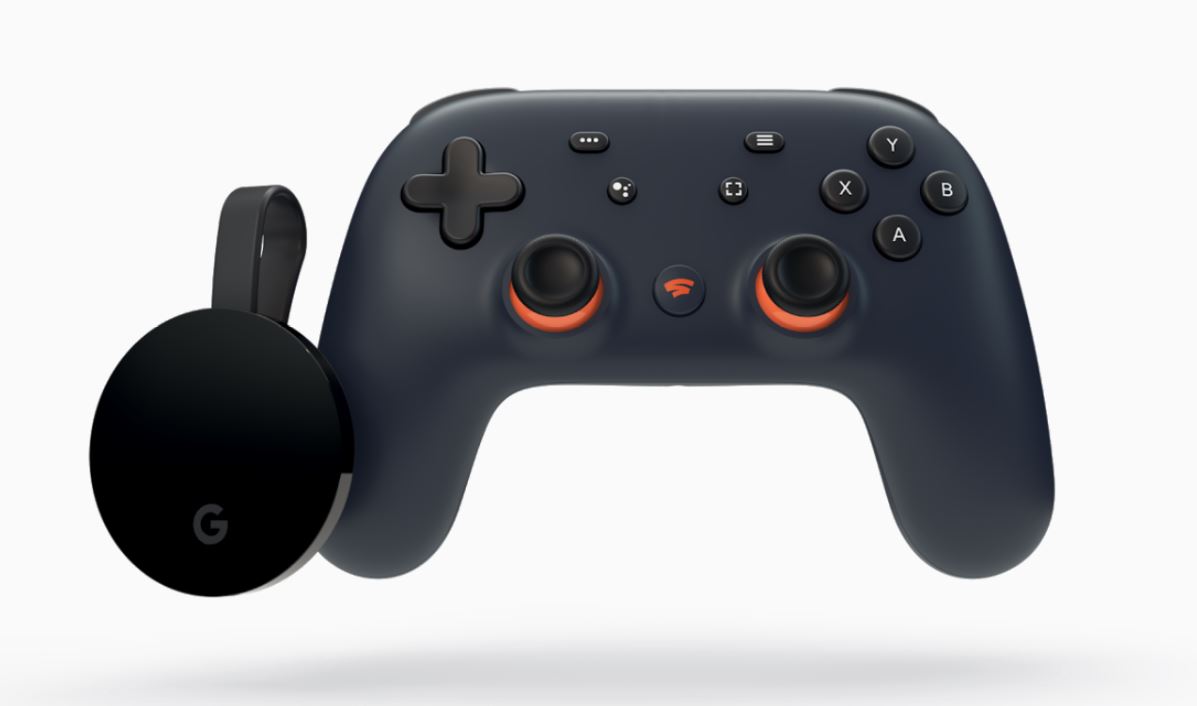Vice recently published an article that summarized Google Stadia’s potential roadblock with ISP data caps. You can find the article here: https://www.vice.com/en_us/article/j5yagg/google-stadia-is-on-a-collision-course-with-broadband-caps-study-shows
The article’s spirit is in the right place, but it leaves out crucial details that spell less of a disaster for Stadia in the short term. I don’t agree with the way the article is presented thus I created a short response of Reddit that you can read here.
My Reddit responses are typed up much faster with less details and less proofing. If I do repost them here, they will be reserved for Action Audit. Please excuse minor typos and shorthand.
The spirit of the article is correct, but it uses some extreme, and poor, examples to make a point. They are better off pointing at specific populations and companies and saying: “This group will have an issue.” For example, it willy-nilly throws out the point that you can stream at a lower resolution, like 1080p. You can’t just throw that point out. Most people still have 1080p monitors and televisions. 4k adoption is not (yet) 1080p adoption.
It tried to make this following point, which is silly even at face value, because very few in this population are going to change over to new technology AT THIS TIME: According to data from The NPD Group, America’s estimated 34 million gamers play 22 hours per week on average. Were those gamers to all shift to Stadia as their primary game platform at 4K, they’d burn through 1,386 GB of data monthly. And that’s just the bandwidth consumed by gaming; it doesn’t include music and video streaming or other activities.
First off, the number of gamers doesn’t really matter. Let’s just take the group of people that have data caps (or caps so low they could run into them). Taking the article at face value, about 6/34 (or 3/17) people have problematic data caps (a cap is useless BS anyway, but just follow the point). In that subgroup, few people are going to Switch to Stadia at this time and those that do will likely be tech savvy early adopters who KNOW if they do or don’t have a data cap. People who love their local hardware, OR don’t want to give up gaming on their PC, OR just don’t want to deal with Stadia lag, aren’t changing over. Part of the article talks about AT&T DSL as subgroup that can’t use Stadia anyway. DSL is terrible and reserved for folks where the ISP is still using antiquated tech. That group isn’t switching over.
Next… Then there’s this statement: “Only those users that are somewhat invested in gaming would be focused on being able to play using the highest graphical settings like 4K, 100+ FPS, etc., but those are the same consumers most likely to be unable to enjoy the service as intended,” he said. What? Somewhat? Do they mean hardcore? Medium-core? This statement, while the spirit is true completely lacks specifics. If they mean only medium-core invested gamers, why are they focusing on 4k? Stadia DOES have a bandwidth cap challenge, but this a less-than-great article that focuses on the most extreme end and then applies it to the total subgroup. For the people that don’t have data caps (or data caps so high it doesn’t matter) on reliable connections, AND for the folks looking at 1080p even at smaller data caps, Google Stadia won’t run into any major issues. Google Stadia’s challenge is adoption. Data caps do present an issue but initial adoption will be their biggest business challenge. If Stadia grows, Google will likely work with ISPs (behind the scenes). ISPs are notorious for shakedowns, and I abhor that practice, but if anyone can work it out it would be Google. Business, money, talk. None of this is to say I support what ISPs do with caps (it’s mostly shakedown anti-consumption bullshit), but Google Stadia will be fine…out of the gate. Mass adoption will be the challenge.

